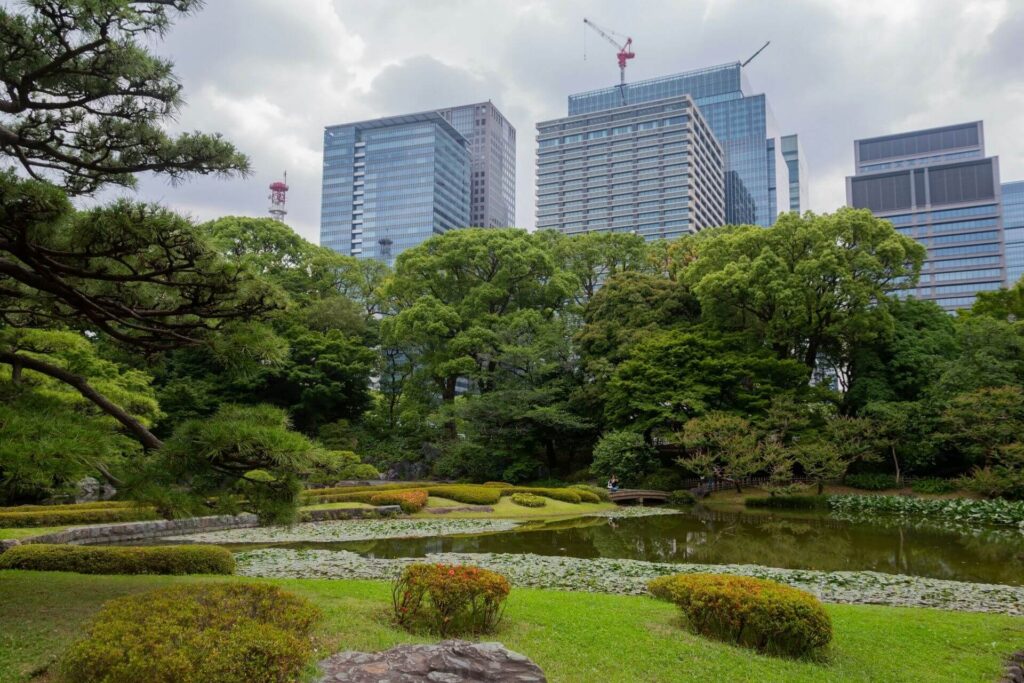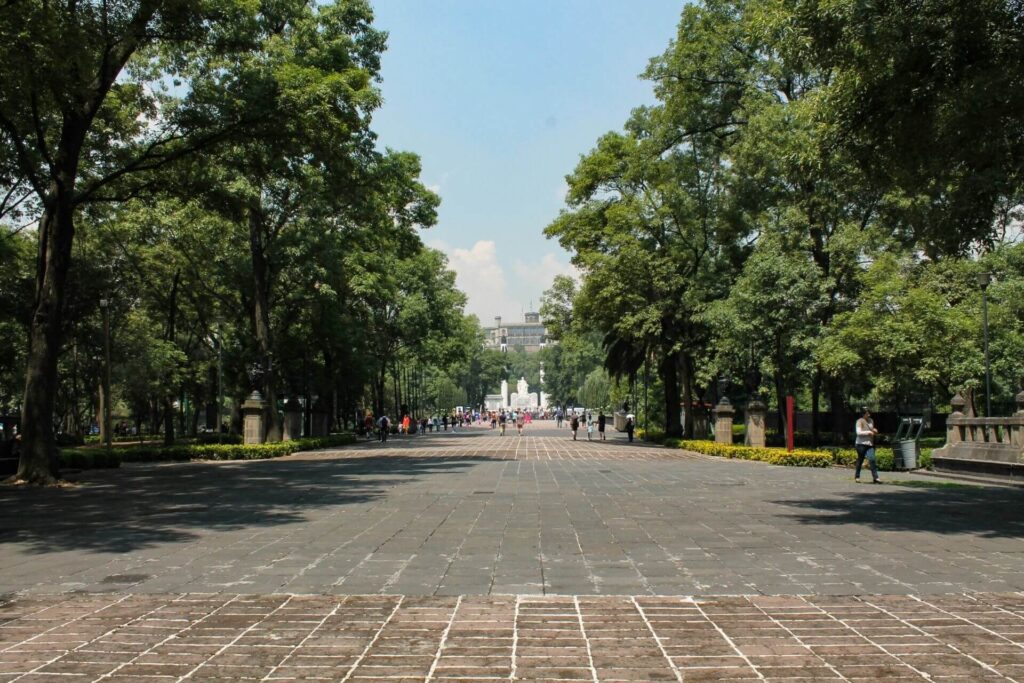With cities becoming more technologically advanced, focusing on smart devices, data and modern infrastructure is easy. However, even in the most high-tech cities, nature remains critical. While innovation and digitalization are central to their developments, green spaces are vital for enhancing beauty and sustainability.
The Role of Urban Green Spaces in Smart Cities
Urban green spaces are places of recreation and conservation, such as parks, gardens, aquatic fronts and small forests. Green areas are vital to a city’s infrastructure. They support environmental health, enhance quality of life and promote sustainability. In smart cities, these spaces take on an even greater role. When integrated with technology, they can improve how metropolises function.
Smart cities use advanced technologies to monitor environmental indicators like air quality and temperature to combat climate change. Since vegetated areas reduce urban heat and mitigate the impact of ecological changes, municipality planners can use this data to manage urban gardens and parks more effectively.
For instance, building emissions produce 36% of global greenhouse gases. City developers can monitor this data and offset emissions with urban green spaces. Sustainable areas set a precedent for the future, helping cities adapt to environmental challenges while creating healthier communities.
The Health and Environmental Benefits of Urban Green Spaces

City green spaces do more than beautify landscapes — they improve environmental conditions and public health. As smart cities grow, integrating sustainable areas is a strategic move to creating healthier, more sustainable environments. Consider some urban green space benefits below.
Cleaner Air and Climate Regulation
One of the most critical environmental factors that smart cities must address is air quality. Densely populated areas produce pollutants like nitrogen dioxide, ozone and particulate matter that can harm human health. With more trees, plants and green roofs, cities can naturally filter these pollutants while releasing oxygen into the air.
Research shows that even modest increases in green space can have a measurable impact on air quality. Scientists found that a one-standard-deviation increase in vegetated space results in a 0.8% decline in air pollution. This reduction across populated urban areas can greatly improve respiratory health and reduce the development of conditions like asthma or cardiovascular disease.
Green areas also regulate urban temperatures. By providing shade and releasing moisture through the air, they counteract the urban heat island effect. This natural cooling reduces the demand for air conditioning, indirectly lowering greenhouse gas emissions.
Supports Public Health and Well-Being
Studies on urban green spaces and health provide a review of evidence on physical and mental improvements. They consistently show that people living near tree and plant areas experience lower stress levels, improved mood and enhanced cognitive function. Green environments encourage physical activity, from walking and jogging to playing recreational sports. When they move and get outside more, city dwellers can maintain cardiovascular health and reduce chronic diseases.
Moreover, exposure to nature can strengthen immune function and reduce symptoms of anxiety and depression. Vegetated areas provide restorative spaces where people can disconnect from the fast pace of urban life. This approach can foster individual well-being while facilitating strong community connections.
Promotes Local Food Security
In many smart cities, urban planners design green spaces with food security in mind. Community gardens, rooftop farms and edible landscapes provide fresh, locally grown produce in areas with limited access to healthy food. These spaces may reduce carbon footprints while strengthening community ties by encouraging participation in urban agriculture.
Portland is a leader in this area, providing 4.1 local gardens for every 1,000 residents. This ensures the produce is accessible to a large portion of the population, supporting food production and community well-being.
Cities can also transform rooftops into farms that supply fresh vegetables and herbs to nearby neighborhoods year-round. This tactic increases the food supply while supporting local economies and fostering greater awareness of sustainable food practices.
How Green Areas Support Smart City Infrastructure

Smart cities can merge natural ecosystems with cutting-edge technologies to enhance the environment and the overall efficiency of city operations. The following are ways in which urban green spaces can support their infrastructure.
1. Smart Environmental Monitoring
Smart cities leverage Internet of Things (IoT) devices, such as sensors embedded in parks, green roofs and urban forests. These sensors collect data on air quality, humidity, soil moisture, temperature and noise pollution. This data-driven approach allows city planners to optimize irrigation systems, identify pollution hot spots and adjust maintenance schedules.
2. Reducing Temperatures Through Climate-Responsive Design
Green roofs, vertical gardens and tree-lined streets are natural cooling systems that reduce temperatures. This improvement provides thermal comfort for residents and reduces the urban heat island effect. When integrated with smart city infrastructure, these ecological areas use climate-responsive materials that adapt to temperature changes.
City planners can also enhance them with sensor-driven shading systems that adjust to sunlight and heat levels. Moreover, predictive analytics can model future heat patterns and inform urban planning decisions.
3. Energy Efficiency and Renewable Integration
City green spaces contribute to energy efficiency by reducing artificial cooling and lighting. When used alongside renewable energy technologies, they become even more powerful assets for sustainable cities. For instance, biosolar roofs benefit from the cooling effect of vegetation to improve solar panel efficiency.
The Living Roof at the California Academy of Sciences in San Francisco is a great example. It features over 1.7 million plants on a 2.5-acre rooftop covered in rolling hills alongside solar panels. This innovation creates a system where the vegetation regulates the building’s temperature while the solar panels generate clean energy.
Supporting Smart Cities With Urban Green Spaces
Fusing nature with technology is vital for addressing climate change, supporting biodiversity and improving residents’ quality of life. Smart cities often aim for these goals with technology alone. However, adding green areas can create an even more sustainable environment, building a more connected and sustainable urban life for future generations.

Leave a Reply